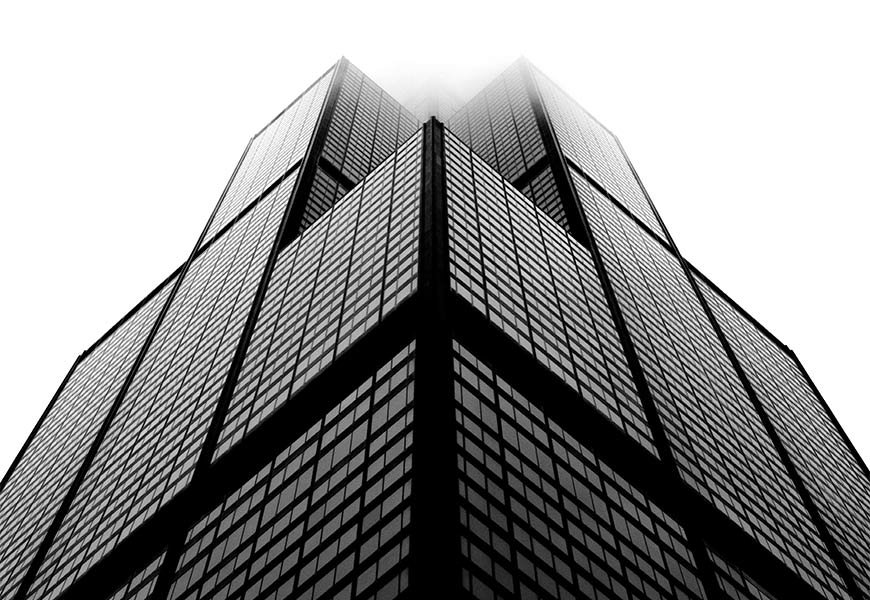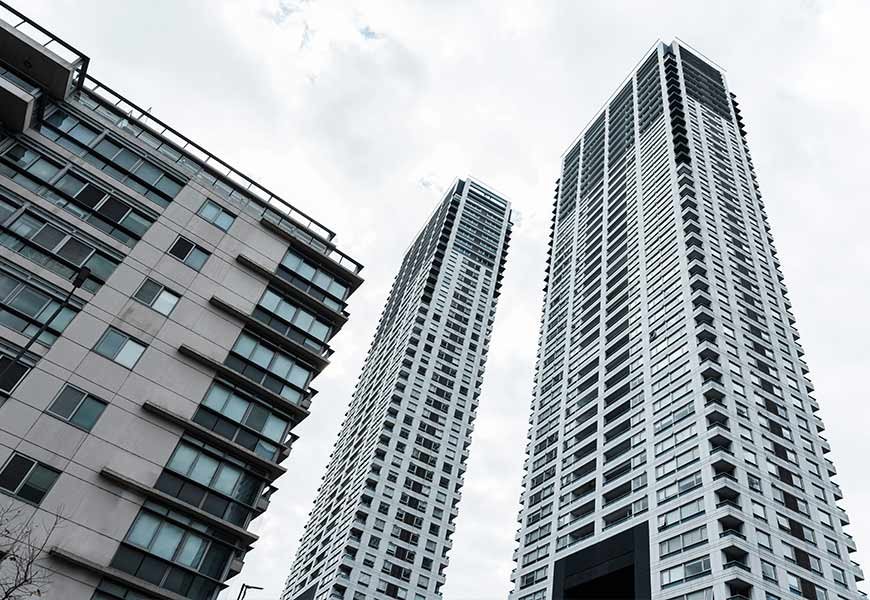
Architecture plays a pivotal role in real estate development, influencing everything from property value to marketability. A well-designed structure not only enhances aesthetic appeal but also ensures functionality and sustainability. Here’s a look at how architecture impacts real estate development and its significance in shaping successful projects.
Enhancing Aesthetic Appeal
One of the primary roles of architecture in real estate development is enhancing aesthetic appeal. A well-designed building attracts potential buyers or tenants with its visual appeal and architectural style. Innovative designs, appealing facades, and harmonious proportions contribute to a property’s attractiveness and can significantly boost its market value.
Maximizing Space Utilization
Effective architecture maximizes space utilization, creating functional layouts that meet the needs of occupants. Efficient use of space enhances livability and can improve the usability of a property. For example, clever floor plans, smart storage solutions, and multi-functional spaces make properties more appealing to buyers or tenants looking for practical living solutions.
Increasing Property Value
Architectural design can significantly influence property value. High-quality design elements, such as premium materials, energy-efficient systems, and modern amenities, can elevate a property’s worth. Aesthetic and functional enhancements provided by skilled architects contribute to a property’s long-term value and attractiveness in the real estate market.
Promoting Sustainability
Sustainable architecture is becoming increasingly important in real estate development. Green building practices, including energy-efficient systems, sustainable materials, and environmentally friendly designs, are key to reducing a property’s carbon footprint. Sustainable architecture not only benefits the environment but also appeals to eco-conscious buyers and can lead to long-term cost savings.


Contributing to Community Development
But who are you, really? Most clients that approach you as a professional want to know who you are in an elevator pitch.
Architectural design has a significant impact on community development. Well-planned developments can enhance neighborhood aesthetics, improve public spaces, and contribute to the overall quality of life. Thoughtful design in residential, commercial, and mixed-use projects can foster community engagement, create vibrant public areas, and support local economies.
Reflecting Market Trends
Architecture plays a crucial role in reflecting and adapting to market trends. Design trends, such as open floor plans, smart home technology, and mixed-use developments, shape the real estate market and influence buyer preferences. Architects who stay abreast of these trends can create properties that align with current demands and appeal to target audiences.
Enhancing Functionality
Functionality is a critical aspect of architectural design in real estate development. A well-designed building addresses practical needs, such as accessibility, safety, and efficient use of resources. Features like effective circulation paths, universal design principles, and integrated technology contribute to a property’s functionality and user experience.
You will never fake the feeling of being in such a place. The live minimalism base on the natural materials and alive unprocessed textures — true, authentic, close to nature.
Andrew Fox
Ensuring Compliance
Architects ensure that real estate projects comply with building codes, zoning regulations, and safety standards. Adhering to these regulations is essential for obtaining necessary permits and approvals. Compliance not only ensures legal operation but also protects occupants and investors from potential risks and liabilities.
Creating Unique Selling Points
Architectural design can create unique selling points that differentiate a property from others in the market. Distinctive design features, such as iconic facades, innovative layouts, or custom-built amenities, can set a property apart and attract buyers or tenants. Unique selling points enhance a property’s marketability and can lead to higher demand.
Supporting Investment Returns
Good architecture supports investment returns by enhancing the attractiveness and functionality of a property. High-quality design can lead to higher occupancy rates, increased rental income, and greater appreciation in property value. Investors benefit from properties that stand out in the market and offer long-term financial rewards.
Conclusion
In conclusion, architecture plays a crucial role in real estate development by enhancing aesthetic appeal, maximizing space utilization, and increasing property value. Sustainable practices, community impact, and functionality are key considerations in successful architectural design. By reflecting market trends and creating unique selling points, architects contribute to the overall success and profitability of real estate projects.










